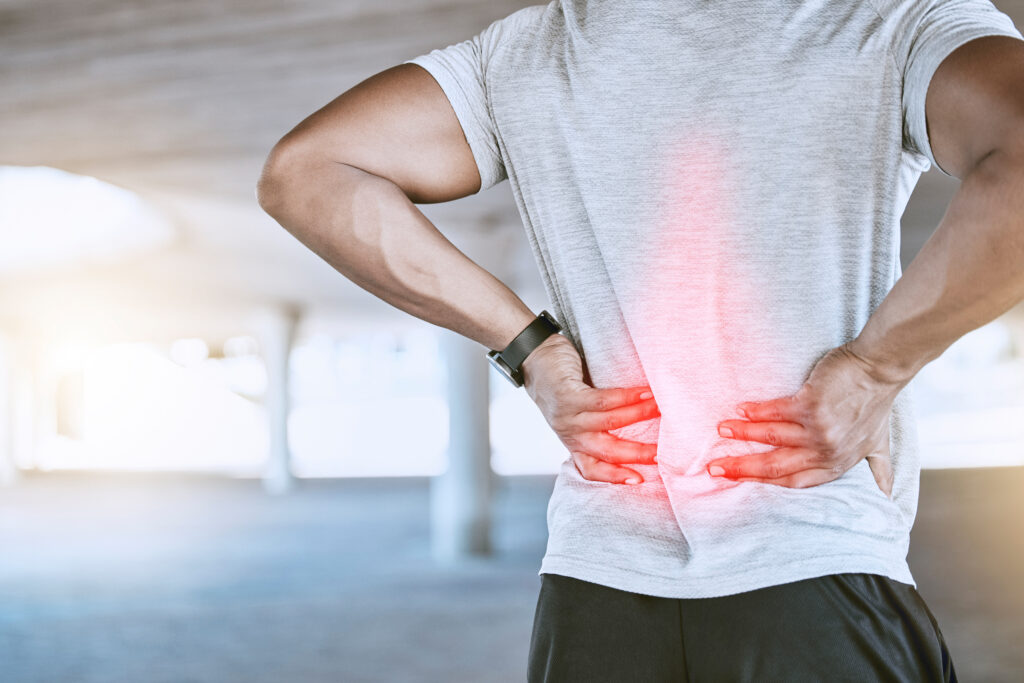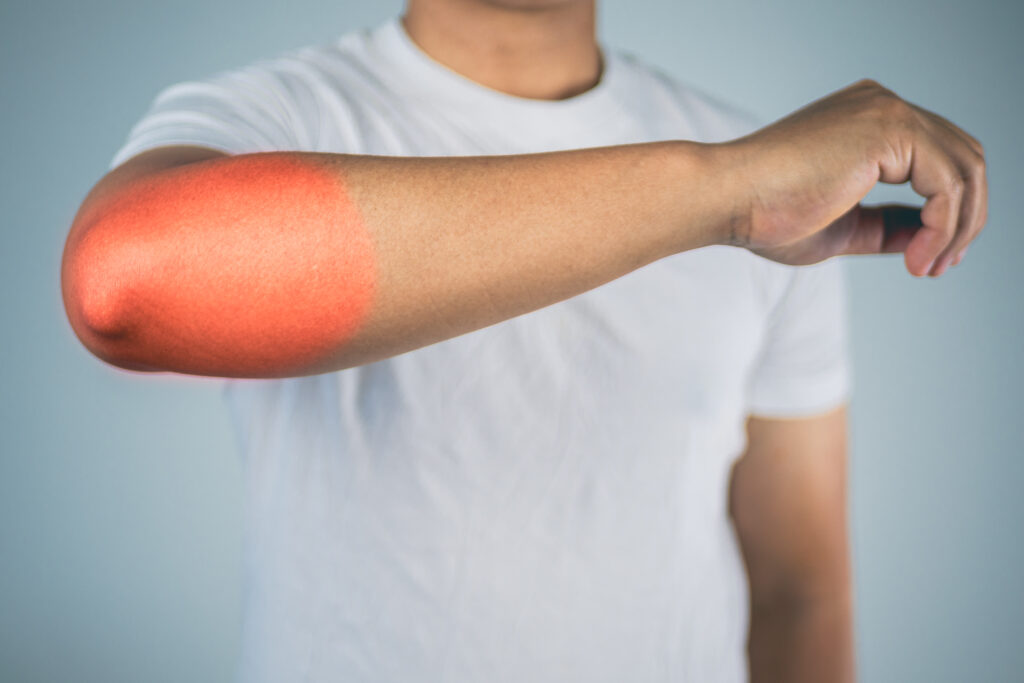When you experience a sports injury, knowing effective relief techniques can make all the difference in your recovery. You might find that methods like ice therapy, compression, and elevation not only reduce pain and swelling but also speed up your return to the field. These techniques work together to enhance circulation and promote healing, allowing you to regain your mobility. But what about other options like physical therapy or acupuncture? Let's explore how these additional strategies can further support your healing journey and optimize your performance.
Ice Therapy
When you experience a sports injury, ice therapy can be one of your best friends for relief. Applying ice to the affected area helps reduce swelling and numbs the pain, making it easier for you to get through those first vital hours post-injury. You don't need to wait for a doctor's appointment to start this process; you can take action immediately.
To use ice therapy effectively, grab a bag of ice or a frozen gel pack. If you don't have those handy, even a bag of frozen peas will do the trick. Wrap it in a thin towel or cloth to avoid direct contact with your skin, which can lead to frostbite.
Aim to apply the ice for about 15 to 20 minutes every hour, especially during the first 48 hours after your injury. This consistent application helps minimize inflammation and promotes a quicker recovery.
Keep in mind that while ice therapy is effective, it's important to listen to your body. If the pain persists or worsens, don't hesitate to consult with a healthcare professional. They can provide further guidance tailored to your specific situation.
Compression Techniques
After using ice therapy to manage swelling and pain, incorporating compression techniques can further enhance your recovery process. Compression helps reduce swelling, provides support to the injured area, and can speed up healing. By applying pressure, you'll improve blood circulation and limit the accumulation of fluids, which can lead to a faster recovery.
You can utilize various methods to achieve effective compression. One common technique is using elastic bandages or wraps. When applied correctly, these can snugly fit around the injured area without cutting off circulation. Make sure it's tight enough to provide support but not so tight that it causes numbness or tingling.
You can also opt for compression sleeves or garments specifically designed for injured joints or muscles. These are often easier to use and can be worn during activities to offer additional support.
Another option is to use compression devices, which can deliver consistent pressure and are especially useful for more severe injuries. These devices often come with adjustable settings, allowing you to customize the level of compression based on your comfort and recovery needs.
Regardless of the method you choose, it's important to combine compression with other rehabilitation techniques, like rest and gentle movement, to maximize your recovery.
Remember to remove the compression when sleeping or if you experience discomfort. By incorporating these compression techniques into your routine, you'll be on your way to a quicker and more effective recovery from your sports injury.
Elevation Strategies
When you're dealing with a sports injury, elevating the affected area can greatly reduce swelling and pain.
Understanding the benefits of elevation and mastering proper techniques can speed up your recovery.
Let's explore how to effectively elevate your injury for the best results.
Benefits of Elevation
Elevating an injured limb not only reduces swelling but also promotes faster healing. When you elevate the affected area above heart level, gravity helps decrease blood flow to the injury site, minimizing inflammation and discomfort. This simple practice can greatly alleviate pain, allowing you to focus on recovery instead of enduring constant throbbing.
Additionally, elevation aids in the drainage of excess fluid that can accumulate around the injury, which is crucial for reducing pressure and enhancing mobility. As the swelling decreases, you may find it easier to perform rehabilitation exercises, contributing to a quicker return to your favorite activities.
Moreover, elevating your limb encourages better circulation, delivering essential nutrients and oxygen to the damaged tissues. This improved blood flow speeds up the healing process, ensuring that your body can repair itself efficiently.
Incorporating elevation into your injury management routine is straightforward and can be done anywhere. Whether you're at home, on the field, or even at work, taking a moment to elevate your limb can make a world of difference.
Prioritizing this technique can set you on the right path to recovery, helping you bounce back stronger.
Proper Elevation Techniques
To maximize the benefits of elevation, using the right techniques is key. First, find a comfortable position that allows you to elevate the injured area above the level of your heart. This helps reduce swelling and encourages proper blood flow. You can do this by lying down and propping up the injured limb on pillows or cushions. Make sure it's well-supported to avoid any strain.
Next, apply gentle pressure if needed. You can use an elastic bandage to stabilize the area, but don't wrap it too tightly, as this can restrict circulation. Remember to take breaks; keep the limb elevated for about 15-30 minutes every couple of hours during the first 48 hours post-injury.
Also, consider using ice in conjunction with elevation. While you elevate, apply a cold pack wrapped in a cloth for about 20 minutes at a time. This combination can considerably help reduce swelling and numb pain.
Lastly, stay mindful of your body. If you notice increased pain or discomfort while elevating, adjust your position or consult a healthcare professional. Using proper elevation techniques can make a world of difference in your recovery journey.
Physical Therapy
In physical therapy, you'll find individualized treatment plans tailored to your specific needs and injuries.
These plans often include effective pain management techniques to help you recover more comfortably.
Plus, tracking your rehabilitation progress guarantees you stay on the right path to full recovery.
Individualized Treatment Plans
Crafting individualized treatment plans in physical therapy is essential for effective sports injury recovery. Every athlete's body is unique, and so are their injuries. By tailoring your rehabilitation to your specific needs, you'll enhance recovery and return to your sport stronger than before.
Here are three key components to reflect upon in your personalized plan:
- Assessment of Injury: Your physical therapist will evaluate the nature and severity of your injury, guaranteeing they understand the pain, limitations, and any contributing factors.
- Goal Setting: Together, you'll establish realistic and measurable goals. Whether it's improving range of motion, building strength, or enhancing endurance, clear objectives help keep you focused and motivated.
- Progress Tracking: Regularly monitoring your progress allows your therapist to adjust your treatment as needed. This adaptability guarantees that you're always on the most effective path to recovery.
Pain Management Techniques
When dealing with sports injuries, effective pain management techniques in physical therapy can make a significant difference in your recovery journey.
One of the primary methods used is manual therapy, where your therapist utilizes hands-on techniques to reduce pain and improve mobility. This can involve massages, joint mobilizations, or stretching to alleviate tension and discomfort.
Another valuable technique is the use of modalities, such as ice, heat, or electrical stimulation. Ice therapy helps reduce inflammation and numbs pain, while heat can increase blood flow and relax tight muscles. Electrical stimulation, like TENS (transcutaneous electrical nerve stimulation), sends small electrical impulses to disrupt pain signals.
Additionally, therapeutic exercises play an essential role in pain management. Your therapist will guide you through specific movements designed to strengthen muscles, increase flexibility, and promote healing, all while minimizing discomfort.
Breathing techniques and relaxation strategies can also be beneficial, helping you manage pain levels effectively.
Ultimately, combining these techniques tailored to your specific needs can lead to a more comfortable and efficient recovery, allowing you to return to your favorite sports activities sooner.
Rehabilitation Progress Tracking
Tracking your rehabilitation progress is essential for ensuring effective recovery from sports injuries. By monitoring your improvements, you can make informed decisions about your treatment plan and stay motivated throughout the recovery process.
It's important to understand that every small gain counts and can lead to a full return to your sport.
Here are three key aspects to focus on while tracking your rehabilitation:
- Mobility: Regularly assess your range of motion. Note any changes, whether it's bending, stretching, or rotating movements. This helps identify areas that need extra attention.
- Strength: Keep track of your strength gains. Document the weights you lift or the resistance you can handle during exercises. Increased strength is a strong indicator of recovery.
- Pain Levels: Record any changes in pain. Use a scale from 1 to 10 to quantify your discomfort before and after exercises. This will help you and your therapist adjust your rehabilitation program as needed.
Massage Therapy
Massage therapy is an effective method for alleviating sports injuries and enhancing recovery. When you're dealing with muscle strains, sprains, or tension, professional massage can help reduce pain and improve flexibility. The gentle manipulation of muscles and soft tissues encourages blood flow, which is vital for healing. Increased circulation delivers nutrients and oxygen to your injured areas, speeding up recovery.
You might find that different types of massage techniques cater to your specific needs. For instance, deep tissue massage targets deeper layers of muscle and connective tissue, ideal for chronic pain or injury. Conversely, sports massage focuses on areas affected by repetitive movements, helping to relieve tension and prevent future injuries.
In addition to physical benefits, massage therapy offers psychological advantages. It can reduce stress and anxiety, which often accompany injuries. Feeling relaxed can help you mentally prepare for your return to sports and boost your overall well-being.
If you're considering incorporating massage therapy into your recovery routine, it's important to consult with a qualified therapist. They can design a personalized treatment plan based on your injury and athletic needs.
Regular sessions can't only expedite healing but also enhance your performance once you're back in action.
Acupuncture Benefits
Acupuncture offers a unique approach to sports injury relief by stimulating specific points on the body to promote healing. This ancient practice can provide you with significant benefits, especially if you're dealing with pain or recovery from an injury.
By inserting thin needles into targeted areas, acupuncture helps to balance your body's energy and enhance its natural healing processes.
Here are three key benefits of acupuncture for sports injuries:
- Reduced Inflammation: Acupuncture can help decrease inflammation in affected areas, allowing for improved mobility and faster recovery. You might notice a significant reduction in swelling after just a few sessions.
- Enhanced Blood Flow: The stimulation of acupuncture points increases circulation to the injured area. This enhanced blood flow delivers essential nutrients and oxygen, expediting the healing process and minimizing downtime.
- Pain Management: One of the most immediate benefits you may experience is pain relief. Acupuncture triggers the release of endorphins, your body's natural painkillers, which can provide significant relief without the need for medication.
Incorporating acupuncture into your recovery routine can be a game-changer.
Whether you're dealing with a sprain, strain, or chronic pain, this holistic technique not only supports physical healing but also promotes overall well-being.
Give it a try, and you might just find it's the perfect complementary therapy to your recovery strategy.
Pain Relief Medications
When dealing with sports injuries, many athletes turn to pain relief medications to manage discomfort and facilitate recovery. These medications can greatly improve your ability to perform daily activities and return to your sport more quickly. Over-the-counter options, like ibuprofen and acetaminophen, are popular choices. They help reduce inflammation and relieve pain without requiring a prescription, making them an accessible first line of defense.
However, it's essential to use these medications as directed. Taking them in excess can lead to side effects, such as gastrointestinal issues or liver damage. If your pain persists despite self-medication, you may need to consult a healthcare professional who can prescribe stronger options, like NSAIDs or opioids, depending on the severity of your injury.
In addition to traditional pain relievers, topical analgesics are also worth considering. Creams or patches that contain menthol or capsaicin can provide localized relief without systemic side effects.
You might find that these alternatives complement oral medications effectively.
Conclusion
Incorporating these top sports injury relief techniques—ice therapy, compression, elevation, and more—can make a significant difference in your recovery process. By addressing pain and swelling effectively, you'll not only speed up healing but also enhance your performance on the field. Remember, listening to your body and seeking professional guidance when needed is essential. With the right approach, you can get back to doing what you love and enjoy a healthier, more active lifestyle.



